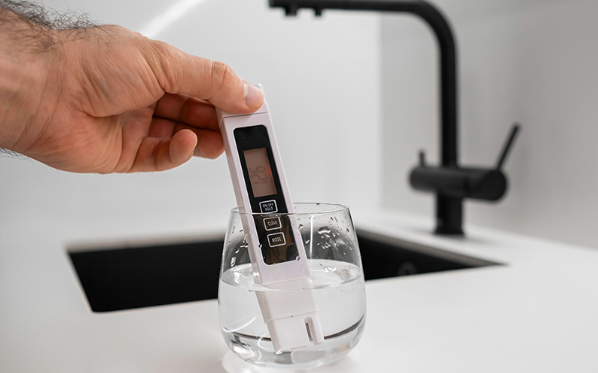Clean water is the silent backbone of daily life, and most of us expect it to flow from the tap without drama. In homes fitted with a 3M water filter in Singapore, the assumption is that all contaminants are captured and dispatched into oblivion. But while filters serve as the frontline of defence, a water quality analyser plays the behind-the-scenes genius, ensuring nothing sinister escapes unnoticed. The water may look pristine, but appearances are famously deceptive.
Without proper monitoring, pollutants such as heavy metals, bacteria, and chemical residues can slip through the cracks. A water quality analyser doesn’t just test the liquid—it tells a story, revealing the invisible culprits that could pose risks to health, industrial processes, or environmental balance.
The Basics: What Does a Water Quality Analyser Do?
A water quality analyser is a digital watchdog for your water as it evaluates the presence and concentration of various elements and compounds—measuring factors such as pH level, turbidity, conductivity, dissolved oxygen, chlorine, and even nitrate content. Each metric holds a clue to the state of the water and its suitability for specific uses.
These analysers are used across a wide range of settings—in municipal systems, they ensure that treated water meets national safety regulations. In industrial contexts, they protect machinery and products from contamination. Even aquariums use them to prevent fish from swimming in toxic soup. The key strength of a water quality analyser is its ability to provide real-time data, giving decision-makers the upper hand before a minor issue becomes a full-blown crisis.
With this tool, anomalies can be spotted early and corrected—before someone’s cup of tea starts tasting like a chemistry experiment.
How They Work: Sensors, Science, and a Bit of Wizardry
The inner workings of a water quality analyser are rooted in science, not sorcery, though the precision can feel almost magical and at the heart of each device lies a series of sensors, each calibrated to detect a specific property. For example, an optical sensor might measure turbidity by assessing how much light passes through the water, while an ion-selective electrode picks up specific chemicals like ammonia.
These sensors continuously monitor the water and send signals to a control system, which interprets the data and flags any abnormalities. More advanced systems can even trigger automatic alerts or activate corrective systems. Some analysers are integrated into smart networks, allowing for remote monitoring and data logging, a feature particularly useful in large-scale facilities.
The sophistication of these machines doesn’t just lie in their engineering—it’s in their ability to translate an invisible threat into something actionable. This transformation of silence into a signal makes them indispensable, especially in regions with evolving water standards.
Why Filters Alone Won’t Cut It
You’ve invested in a 3M water filter in Singapore, and that’s a solid start. These systems are excellent at removing sediments, chlorine, and certain organic compounds but operate reactively—they’re designed to trap contaminants, not track them. That’s where a water quality analyser comes into play. It offers the analytical oversight that filters cannot.
Let’s say your water suddenly has an unusual chemical profile, the filter may not react immediately—or at all—if the pollutant lies outside its designed capacity. This enables maintenance teams to intervene quickly and prevent larger issues, such as filter saturation or the need for a system-wide flush.
In essence, relying solely on filtration is like having a security guard but no surveillance cameras. The presence is reassuring, but without visibility, you’re one step behind.
Water may look clear, but clarity doesn’t guarantee safety. A water quality analyser gives you the insight that visual checks and even filters can’t provide. It’s a tool built on precision, consistency, and the ability to sound the alarm long before human senses catch on. From the water in your kettle to the systems keeping entire buildings hydrated, the importance of analysis cannot be overstated. Instead of reacting to water problems after they surface, why not stay ahead of them?
Protect your systems and peace of mind with precision water monitoring. Contact Ansac Technology today to explore advanced water quality analyser solutions that work as hard as your filters.




